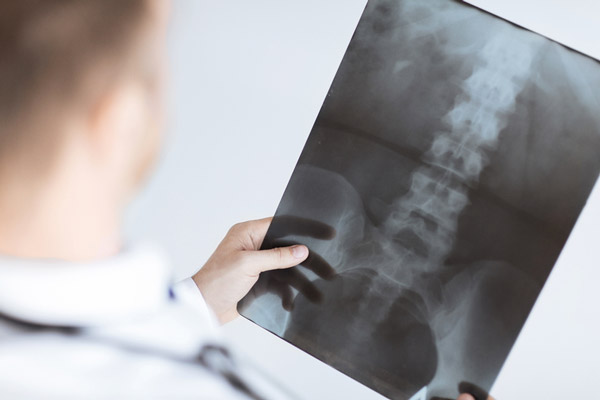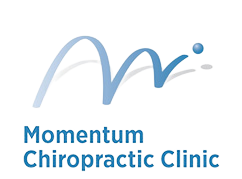X-Ray, MRI, Ultrasound and DXA Scan Referral
Most of the time we will be able to tell you what is wrong and explain the treatment you require based on the history of your problem and a physical examination. However, sometimes further tests are a good idea and we have various options at our disposal.
The type of investigation you might need will depend on what complaint is suspected.




